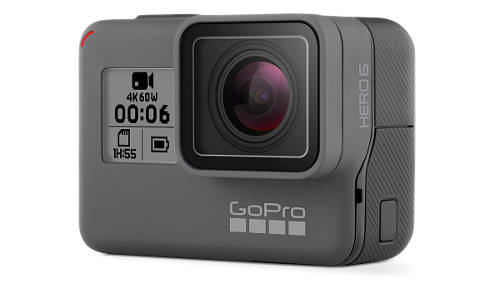Snorkelling cameras
Taking photos
Taking photos needs knowledge and skill - you have to know how to frame a picture, where the light is coming from, how your equipment works, and what your subject is going to do next. Professional photographers, who are good at what they do, reckon on being able to use one out of 30 photos when they're shooting on the move.
And that's on dry land. Under water, it's much trickier. You're moving in three dimensions, the fish is moving in a different direction, the water is opaque and the sun is in the wrong place. The resulting photos will be muddy, out of focus, or just pointing at the sea bottom. We have literally hundreds - more probably, thousands - of rubbish shots of nothing.
And then, one day - it works! You knew what you were looking for, the light was right, you press the shutter, and - magic! you have a photo that is a delight. This page will try and help you to that blessed place.

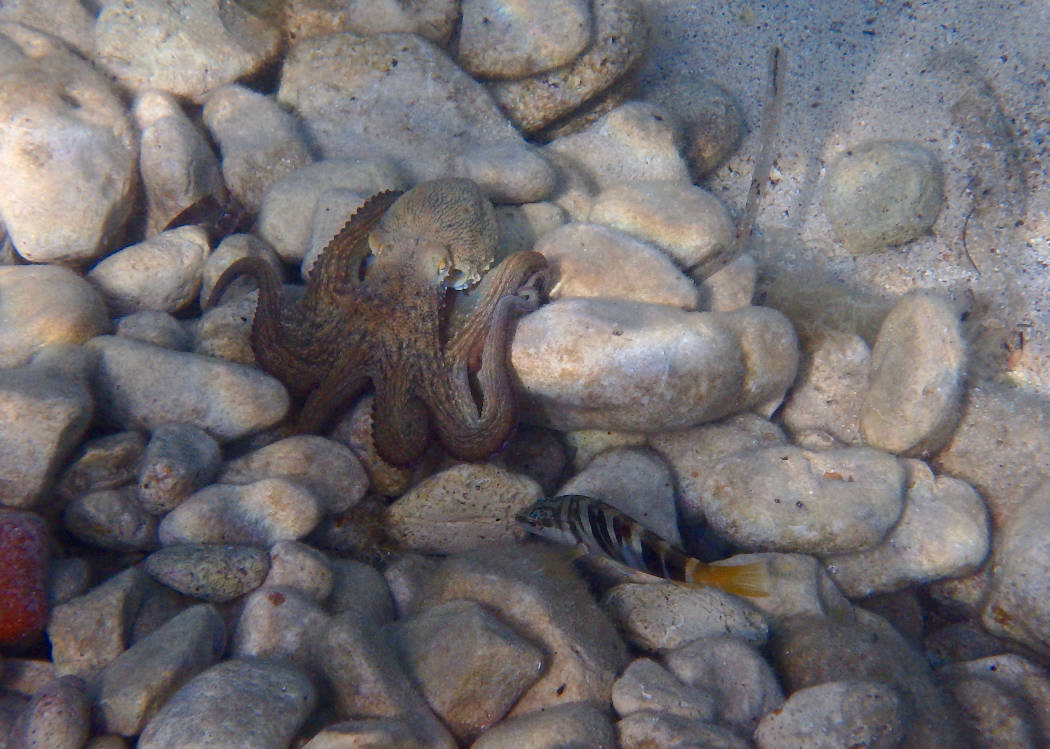
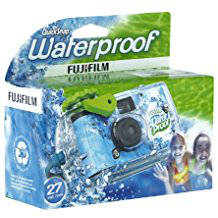
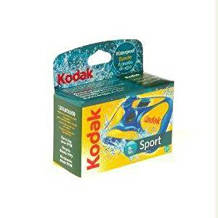
Disposable cameras
When we started snorkelling about twelve years ago, we weren't interested in taking photos - we were happy to draw them or just put notes in guide books. We started using cameras because that was a good way to remember the fish.
The tourist shops sold disposable underwater cameras, so we bought one. Then another. And another one after that. Most were rubbish - they leaked, the photos were terrible, only half of them came out, and the ones that did weren't worth it. So we haven't used disposable cameras for ten years.
But they're still being sold. The pictures here are of modern disposable cameras, that sell for between £10 and £20 - plus an extra £6 or so for developing the pics. The reviews aren't all enthusiastic, you'll have to decide for yourself: but be careful. Not all disposable cameras are waterproof - some are just disposable. Check that you can use them underwater to a depth of 10 metres or more.
Lining up a shot
Fish do not come and pose for the camera. They swim and turn quite quickly, always on the move, often at a distance, whilst the photographer sloshes around, probably in a counter direction and rarely synchronised. You see a fish: you line up the shot: then you can't see it through the viewfinder, you have the camera on the wrong setting, or you press the wrong button. And the fish goes under a rock.
Nevertheless, we keep trying to capture underwater photographs, not necessarily of publishable quality, but good enough to act as an aide-memoir. Mostly it’s point-and-click. Often the light levels are low or the sun is in the wrong direction. Frequently, when the water is clear and the sun is perfect, water has leaked into the camera and it has ceased to function. And that’s always when we’ve seen our most exotic or rare fish.
The one thing that we’ve learnt quite quickly, and should have learned much sooner, is “don’t jump off the dive boat with your camera around your wrist”. It would seem that they don’t like the sudden shock. Now we pass it down sedately to someone already in the water.
Generally, however, we have been very happy since the arrival of digital cameras, and have managed to get some quite good pictures, either by chance or by taking multiple shots or occasionally videos. Below is a summary of the cameras and methods of recording that we have tried over the years. For the most part it’s an un-researched collection. More often than not, we’ve had no option but to buy the only thing available in some remote location as a random replacement for a suddenly waterlogged camera.

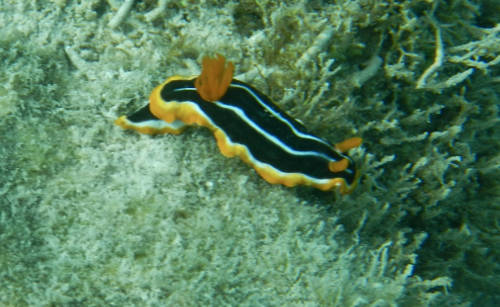
A word about price
If you look at specialist scuba sites, you can see cameras for sale for up to £1,000. Some people like them: we don't. The joy of snorkelling, for us, is being in the underwater world. Cameras are a bonus, not an end in themselves. So we tend not to spend a lot of money on equipment, which is why we favour small, multi-use digital cameras. When we started, they were about £150 each, but they have got lots of new features and get increasingly expensive. If you know of a good cheap camera, please let us know.
There are much more sophisticated models around, too. We're looking for some other views here. If you think we're wrong, and you know of a good underwater camera, please drop us a line.
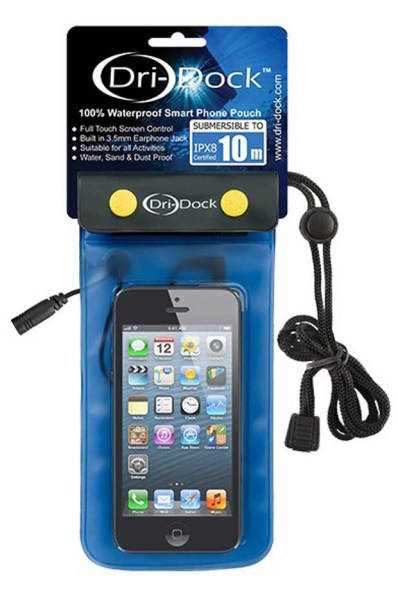
Pouches
Happily stuck on Gili Meno in Lombok, there was little opportunity to replace another soggy camera, but the dive shop had a smartphone Dri-Dock. We’ve got something similar for taking our iPhones onto boats, but this has plastic windows on both sides so the screen and the lens can still work.
Using it is nerve-racking. Phones are now holiday essentials for meeting up with friends, taking photos and sending e-postcards. Taking it underwater seemed foolhardy - I’ve previously managed to kill two iPhones by dropping them in the toilet. I followed the sealing instruction meticulously and did what they advised in the dive shop - fold a piece of tissue in above the phone as an early indicator of any water seepage. It didn't leak. It also didn’t work for very long in the water. The touch screens did not seem to like cold wet fingers, and stopped responding. We overcame this by turning on video and then getting in the sea. This worked, though the battery drains quickly, the memory gets very full and we have a lot of useless, shaky, unfocused footage as we get into and out of the water. Additionally, the safety tissue is prone to move and can end up covering the lens.
From their website I now see that Dri-Dock is South East Asia’s leading manufacturer of waterproof pouches using a patented ‘Triple Ziplock Roll Seal’. Newer versions say they are ideal for snorkelling or shallow dives, certified to a depth of 10m (30 ft) and will maintain full touch-screen functions. They also seem to come with an external jack for listening to music - though this is not something we’ve ever aspired to - and are supplied with a desiccant Sachet to absorb moisture.
Here's a link to their Australian website if you want to have a look: https://dridock.com.au
Digital cameras
These are the cameras we have used and are using. After continual disappointment with disposable cameras, the first digital camera was, of course, a birthday gift.
Digital was coming to the fore and Nikon produced the first reasonably priced underwater compact camera.
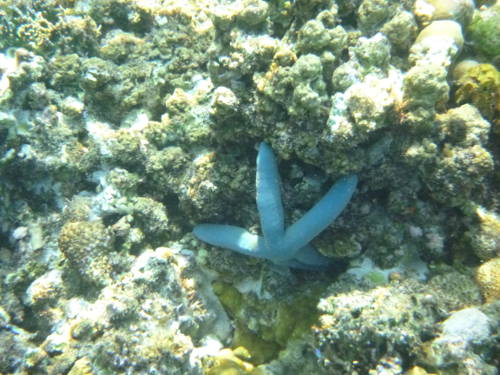
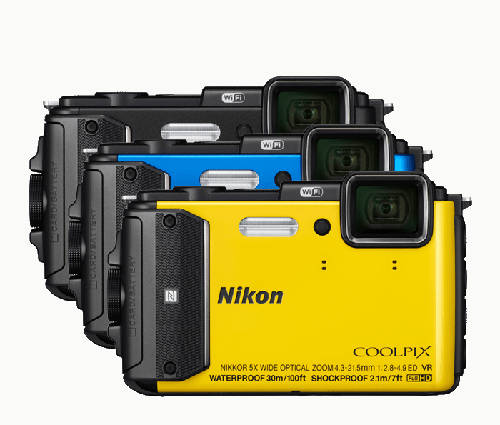
The Nikon Coolpix did a really good job for us - easy to use, takes good pictures, and they keep bringing out new models. Our latest broke after two years, and they replaced it with a new one - three year guarantee.
Nikon Coolpix AW130
Waterproof to 30m (100ft)
Shockproof 2.1m (7 ft)
16.0 megapixels
Rechargeable Li-ion battery
Cost a hefty £300. We originally bought a 100, which was cheaper. There is a more basic version - the AW120 - but we can't find it in the UK. And the AW 130 has been discontinued. But they are still worth looking for.
Olympus Stylus TG-850
This did us proud for quite a few trips, but it looks like it has been upgraded now (see below).
Waterproof to 10m (33 ft)
Shockproof 2.1m (7 ft)
5 x optical zoom
10 x SR zoom
3.74 - 18.7 mm

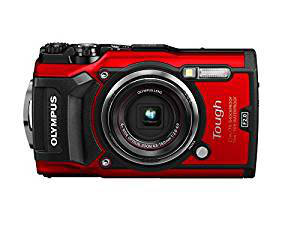
Olympus Tough TG-5
Waterproof to 15m (50 ft)
4.0 x optical zoom
Waterproof, freezeproof, shockproof, dustproof.
Over £350.
Go-Pro Action cameras.
These are increasingly looking like the way forward - fixed-lens fish-eye videos that you take with you and cut the stills from. These are expensive, but we have got hold of a rebuilt GoPro that we will take on our next trip. We'll let you know how they work.
Waterproof to 10 metres. Cost: about £380
